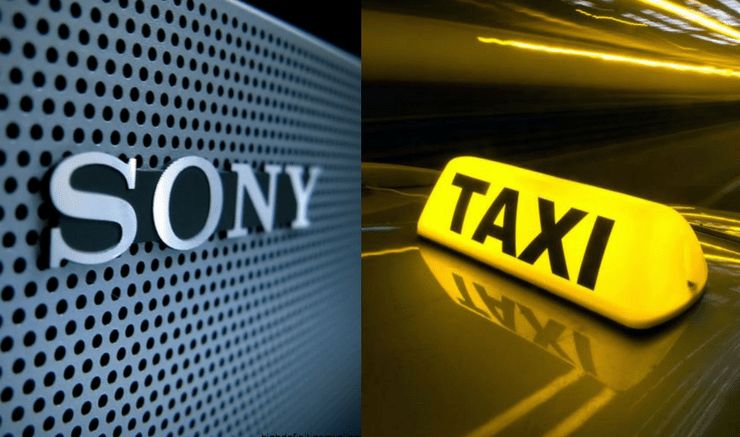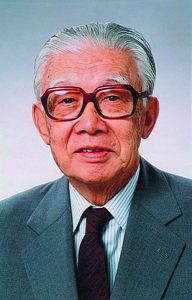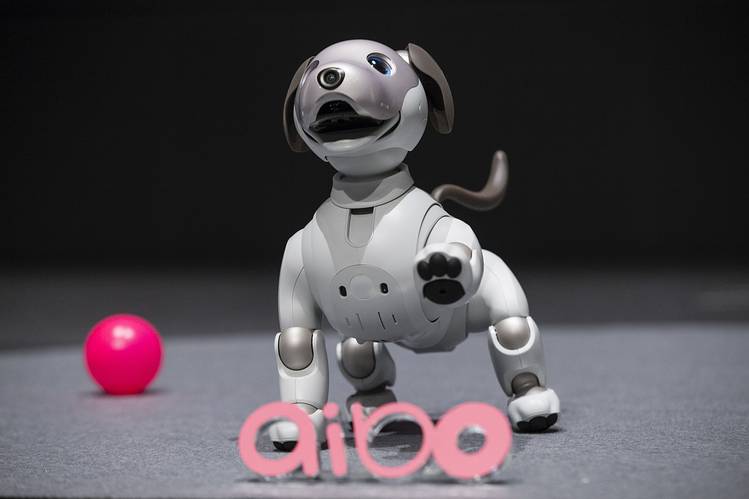Sony Introduces New Ride-hailing Service in Tokyo, Launches S.Ride App Powered by AI
The conglomerate company Sony has been a leader in various fields of technological product manufacturing. From video games to smartphones, and from television to home appliances, the company has marked its name in all those fields. But now with its new S.Ride app, the company is stepping into the business of taxi-hailing service.

The company has launched a taxi-hailing service in Japan, along with an app, i.e. S.Ride app, through which the users will be able to hire a taxi for them. Though the service is a similar car-rental service to Uber and other car-rental services, the app is the main attraction of this service.
According to the advertisement, the company has produced for the service, the S in the S.Ride does not stand for Sony, but it refers to “simple”, “smart” and “speedy”. The app is based on AI technology, and the UI of the app works on the sliding gesture. According to Sony, the app with the help of artificial intelligence is able to figure out the area with the most demand for the taxis, and this way the driver can be sent to that very location.
Though the ride-sharing service is banned in Japan, and Uber is one of the leading taxi-hailing services of the country, Sony is likely to become popular in the field really soon, as it has partnered with five other leading taxi-hailing services of Japan. The app is officially launched by Minna no Taxi, a joint venture launched by Sony Corporation, Sony Payment Services and several Japanese taxi companies, last year.
Currently, Sony’s taxi-hailing service will be available only in Tokoyo, with over 10,000 taxis available for hire. The company has provided the S.Ride users with various payment option, including through cash, credit/debit card and digital wallets.
Sony had made an announcement about starting the car-hailing service, last year in the month of February. The company has never been in providing services but is a leader in the hardware manufacturing and supply. After Sony’s new CEO, Kenichiro Yoshida, took his position in the company last April, the company has been trying its hands in selling content and the services to its users.

Yashica is a Software Engineer turned Content Writer, who loves to write on social causes and expertise in writing technical stuff. She loves to watch movies and explore new places. She believes that you need to live once before you die. So experimenting with her life and career choices, she is trying to live her life to the fullest.

